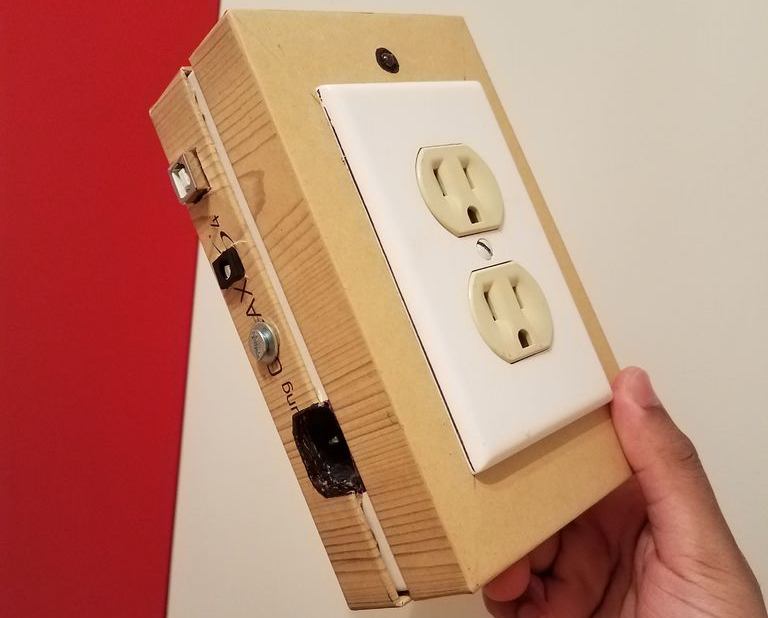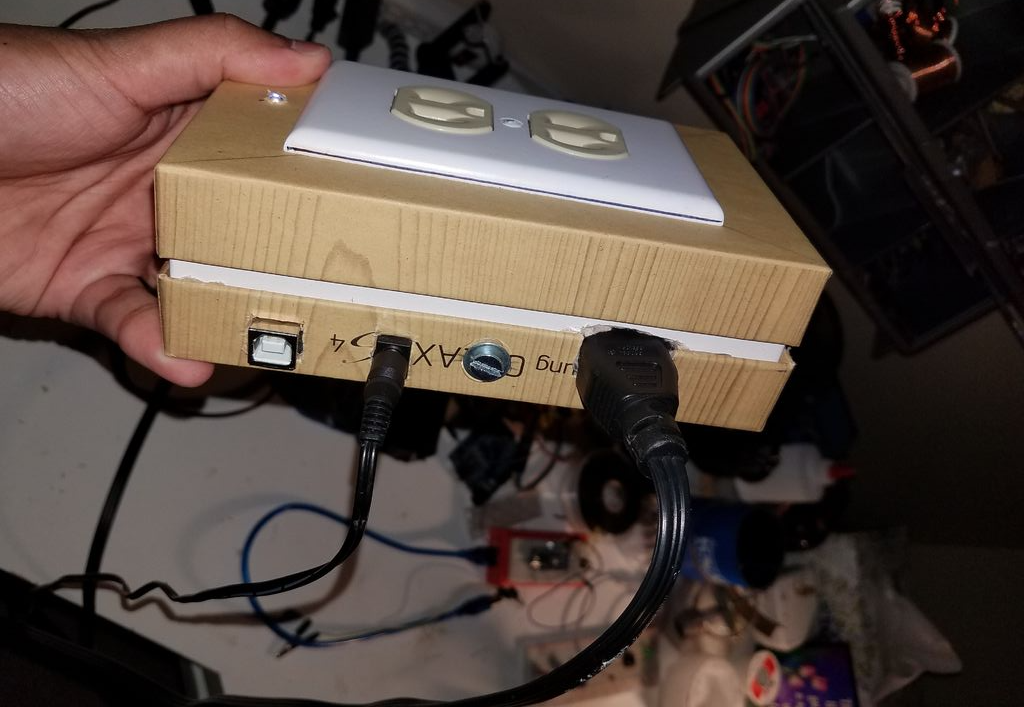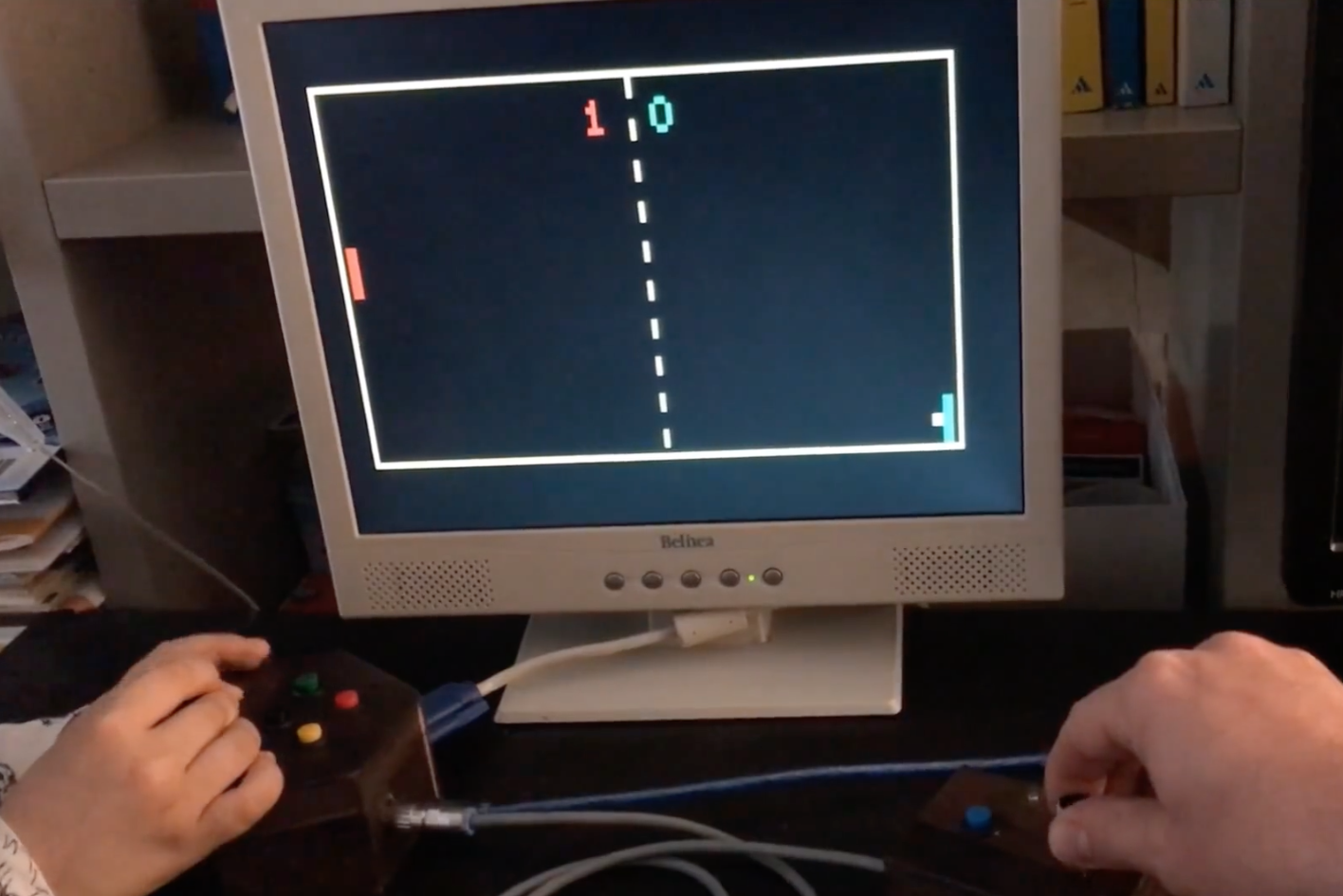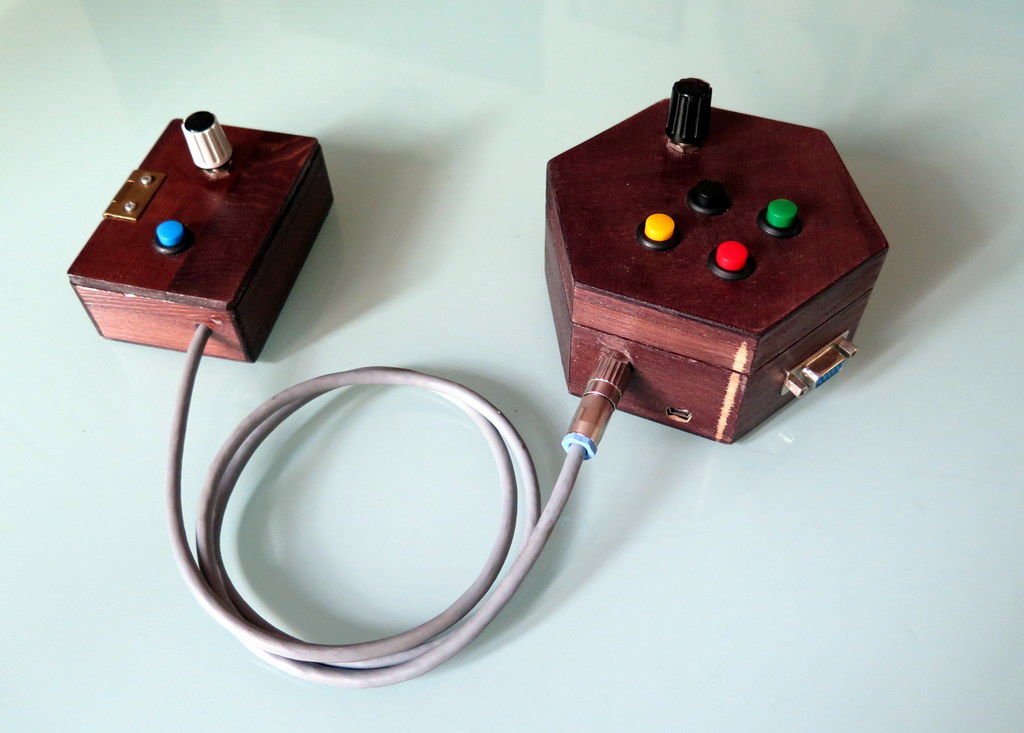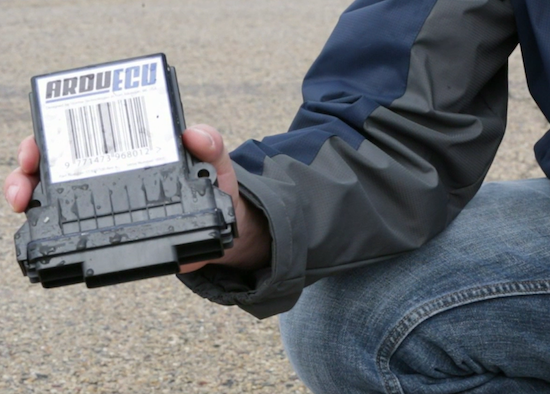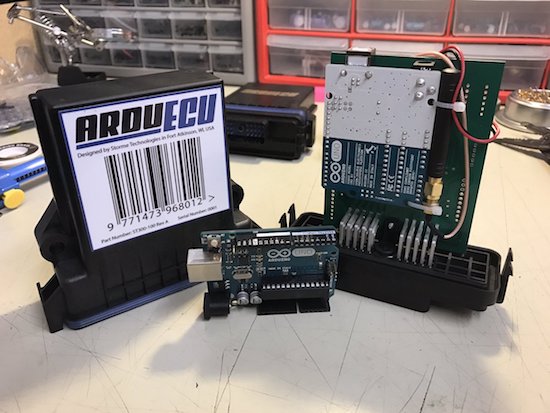Log your hamster’s runs with Arduino
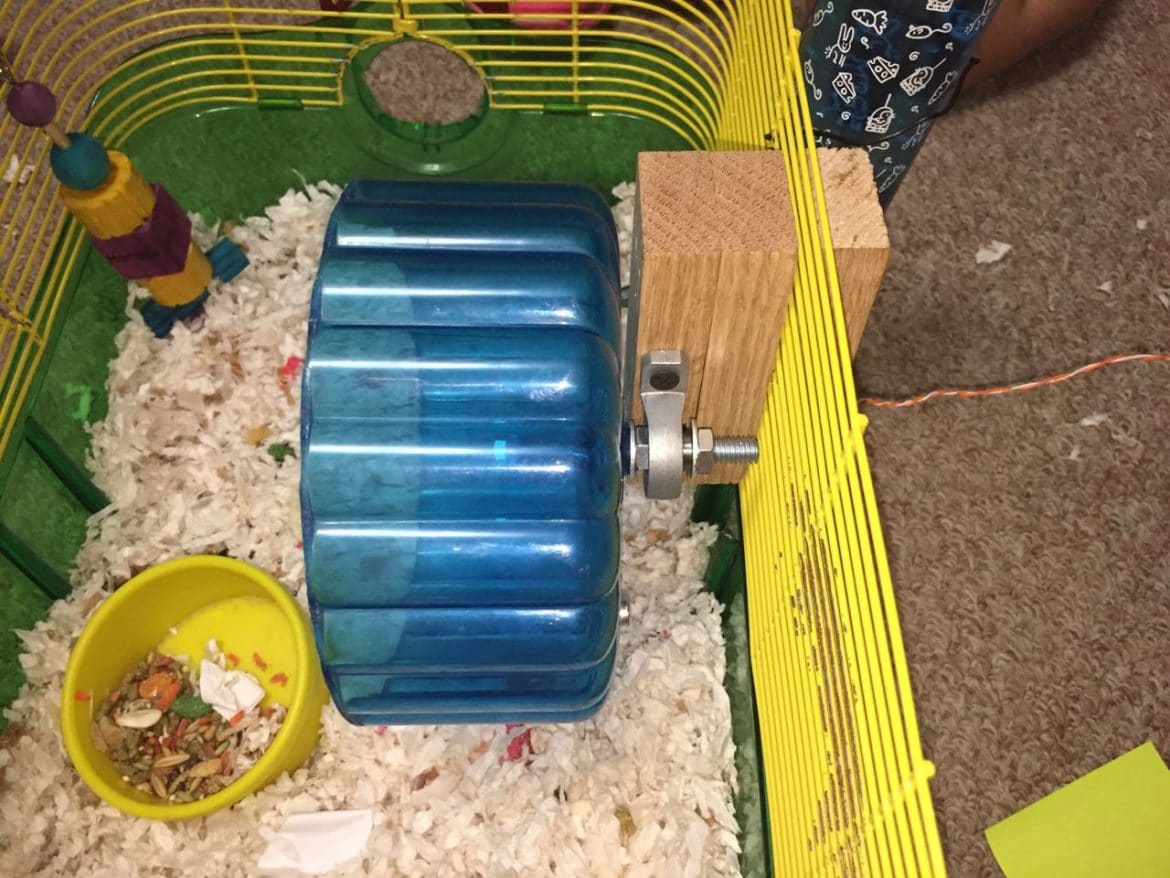
We’ve all seen hamsters in a cage, furiously running nowhere. Perhaps you’ve thought about the pointlessness of this activity, before going to the gym to lift weights up and down or run on a treadmill. From an outside perspective, both activities seem pointless, but when you realize the benefits, maybe tracking what “feats of strength” you’re able to accomplish, things become much more clear.
As seen on Hackaday, in order to track the activity of his daughter’s hamster, John Mueller implemented an Arduino Uno-based system that records revolutions using a magnet and a reed switch. Every time the magnet on the wheel passes the fixed switch, it triggers an Arduino input, recording how many revolutions, and thus how many miles the little guy runs each night. Results are quite impressive considering its size, recording over 3.5 miles on one occasion!
This type of encoder concept could be used in many different situations, such as logging bicycle speeds, or tracking motor stats.


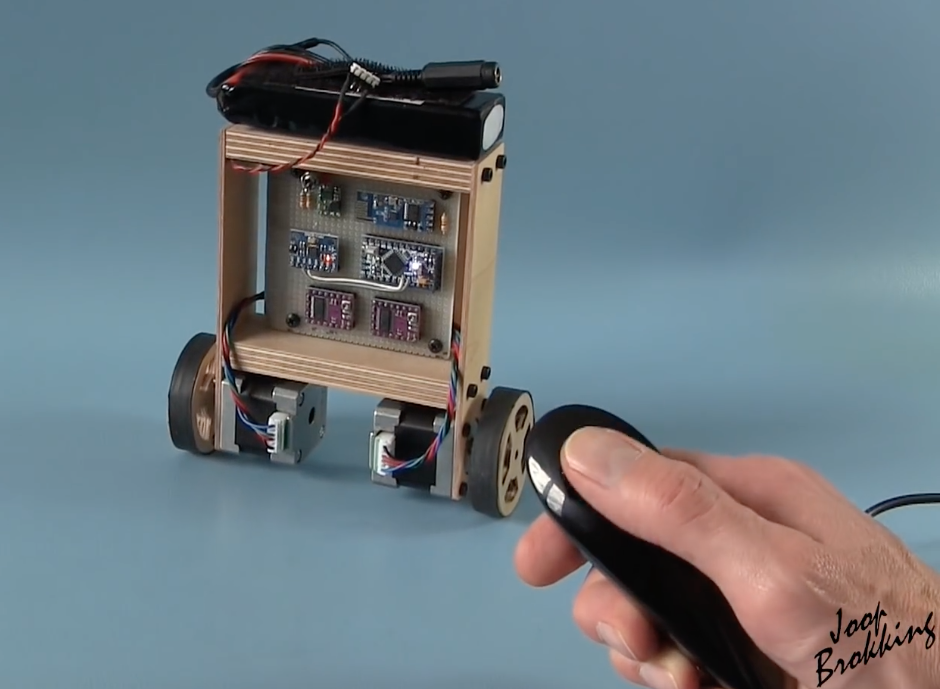
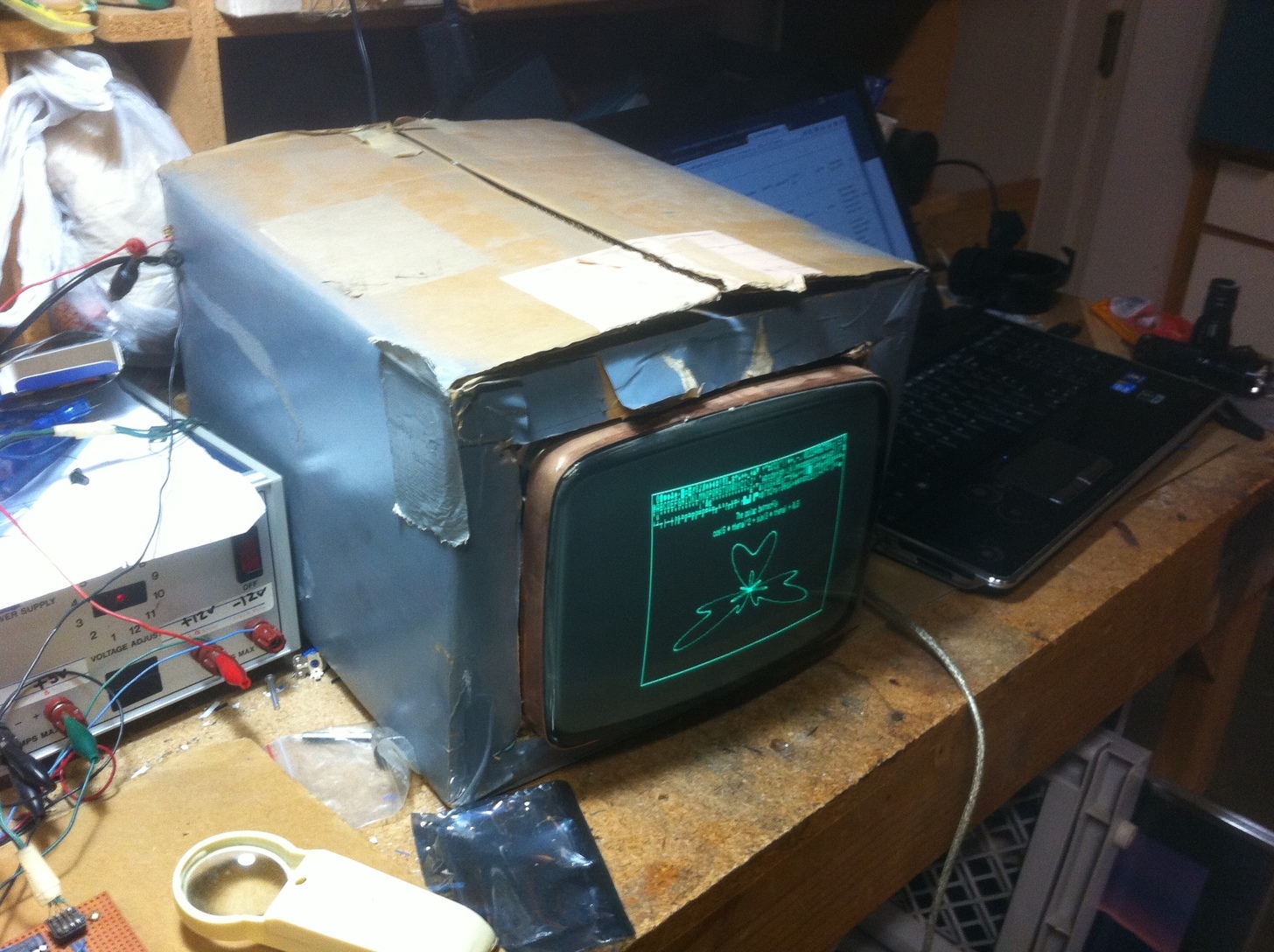
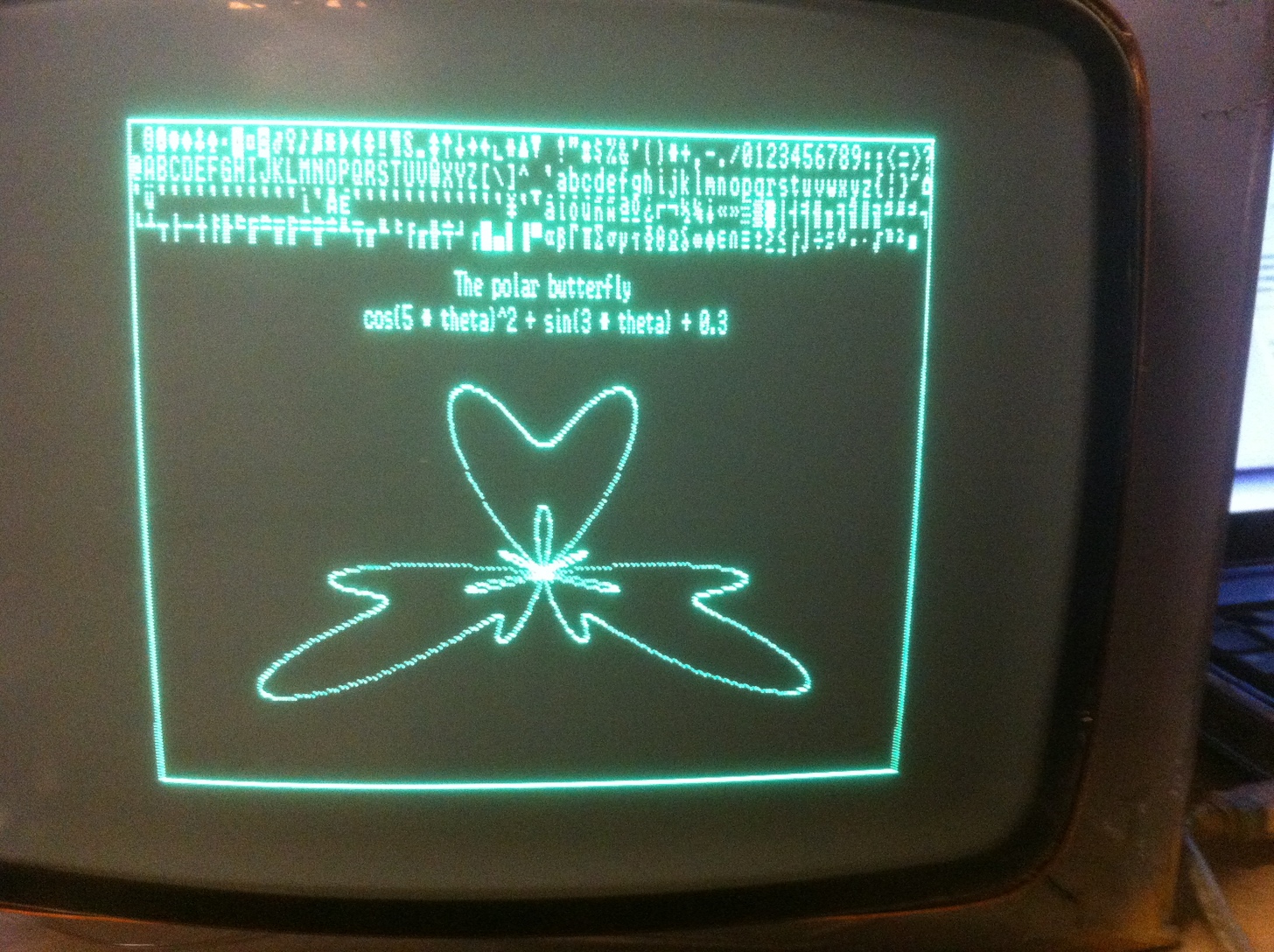
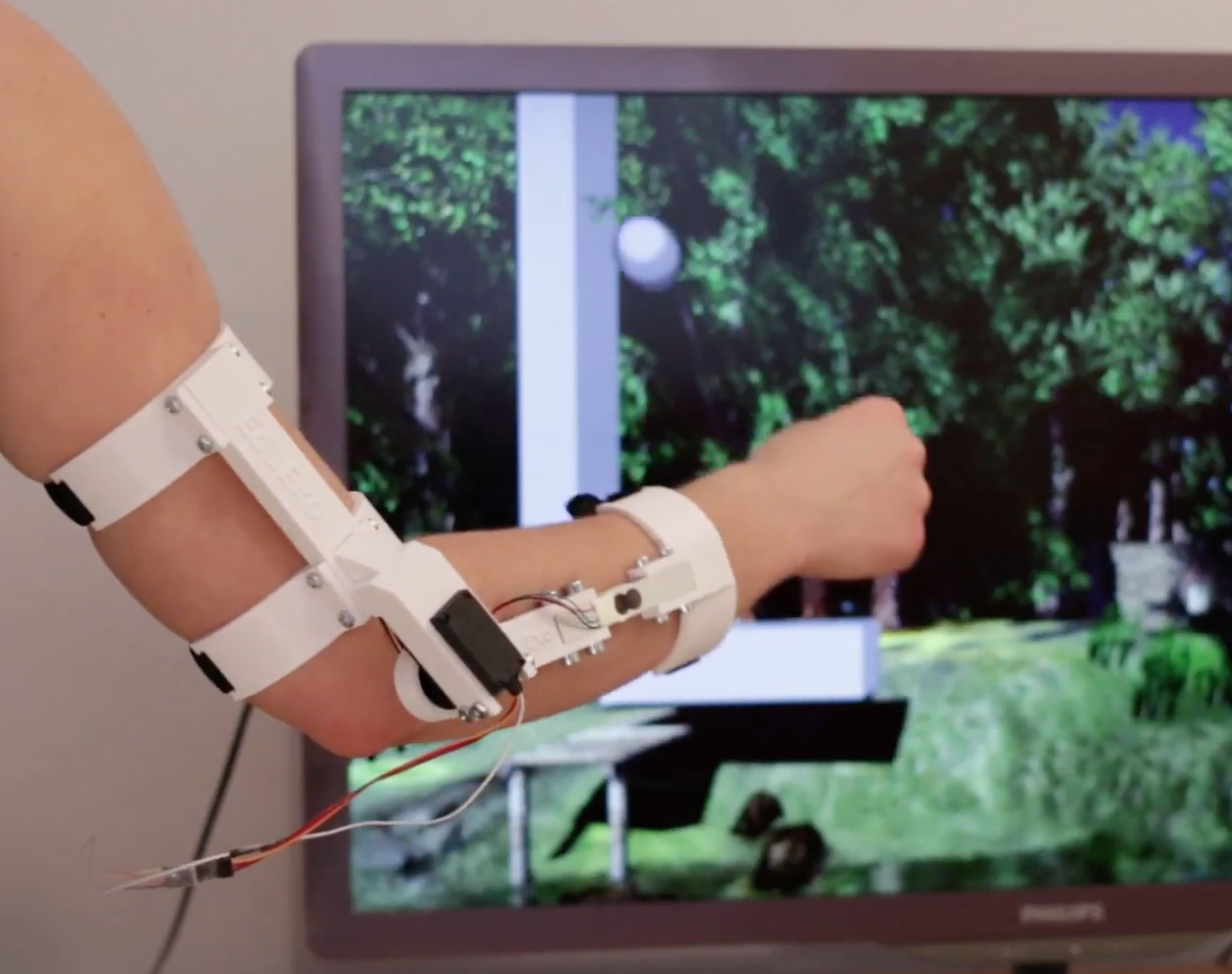
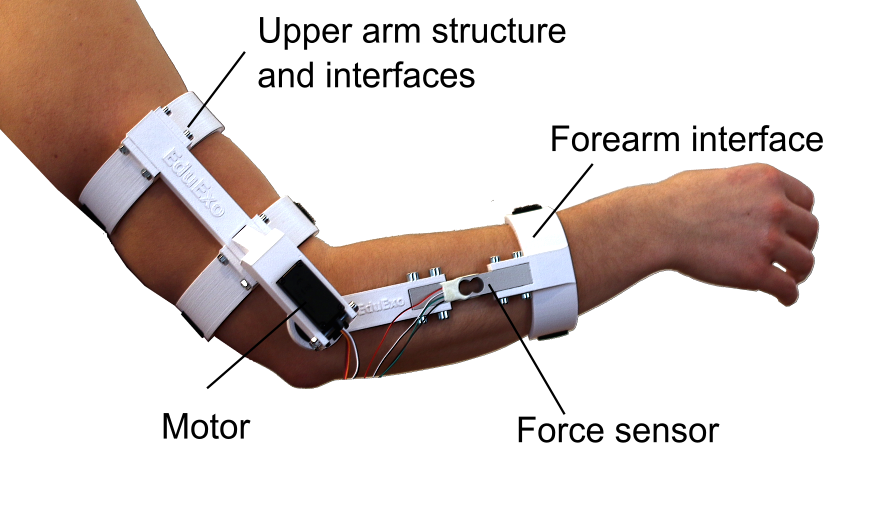
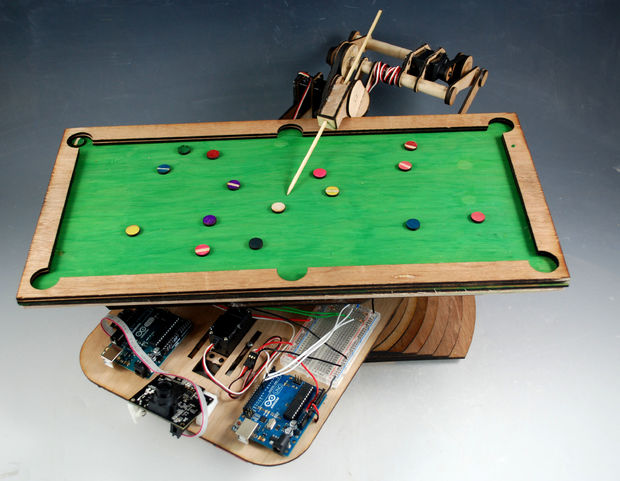
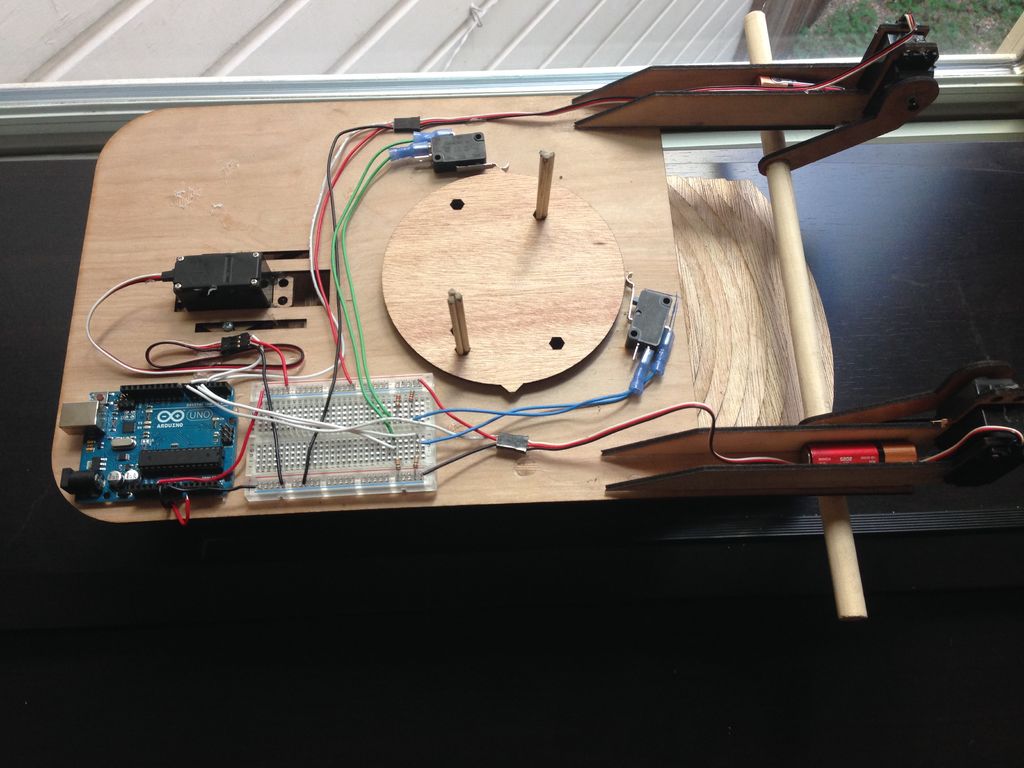
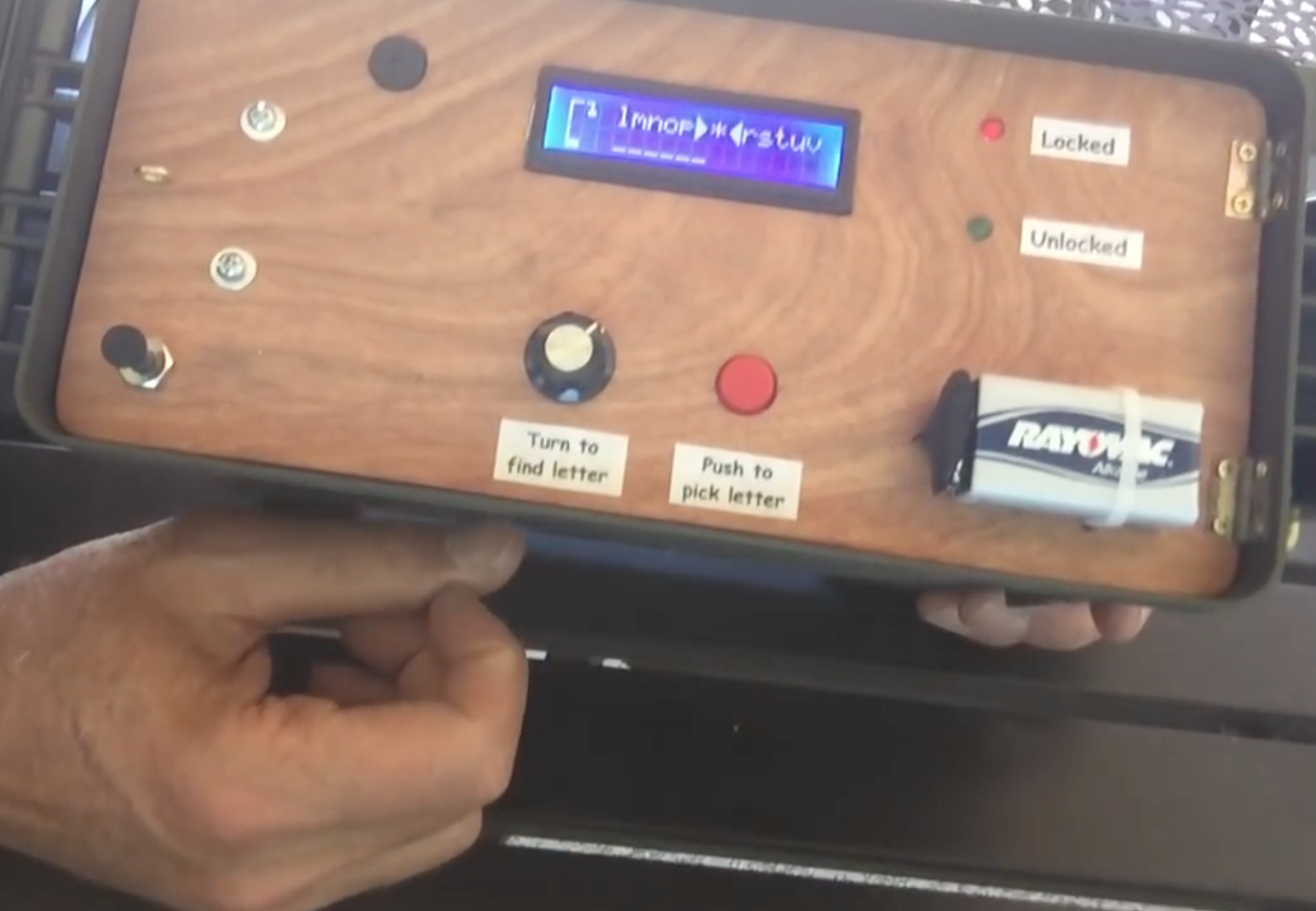
 [VijeMiller] has aluminum extrusion tastes on a cardboard budget, but don’t let that put you off this clever build. The idea is pretty simple: a two-axis plotter that moves a rotary-action business end to any point within a V-shaped work envelope. The Arduino in the base talks to a smartphone app that lets you point to exactly the spot in need of attention on what for most of us would be an incredibly optimistic photorealistic map of the dorsal aspect of the body (mildly NSFW photo in the link above dips below the posterior border). Point, click, sweet relief.
[VijeMiller] has aluminum extrusion tastes on a cardboard budget, but don’t let that put you off this clever build. The idea is pretty simple: a two-axis plotter that moves a rotary-action business end to any point within a V-shaped work envelope. The Arduino in the base talks to a smartphone app that lets you point to exactly the spot in need of attention on what for most of us would be an incredibly optimistic photorealistic map of the dorsal aspect of the body (mildly NSFW photo in the link above dips below the posterior border). Point, click, sweet relief.